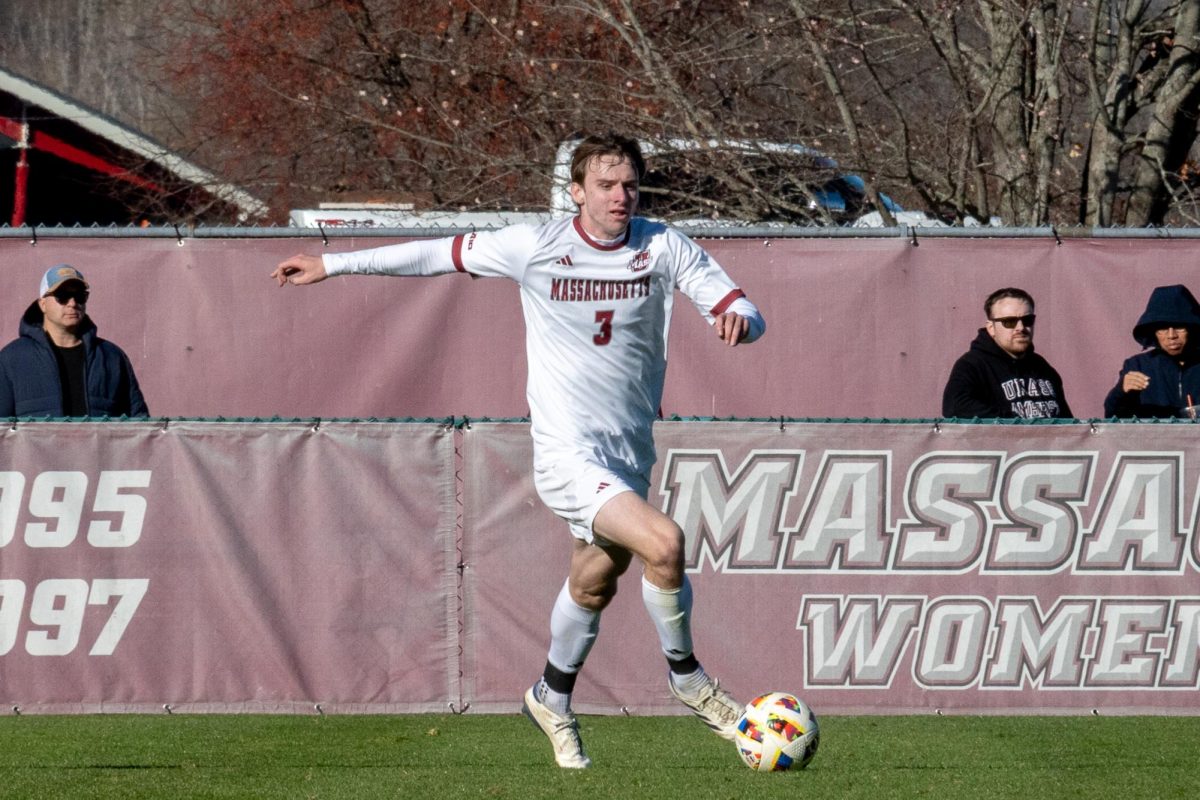With a phone in one hand and a credit card in the other, each fan awaits the moment tickets for their favorite artist go live.
By then, they’ve already jumped through all the logistics: transportation, friends to go with and where they’ll buy their ticket. The familiar blue background of Ticketmaster or bright red Live Nation dashboard is shining on their screen. The seat map should greet them soon, where they will choose a seat based on their budget and view. Only then will they begin daydreaming about the songs they want to hear live.
That’s not how it happens though. Instead a “SOLD OUT” message taunts the fan and somewhere else, a reseller or perhaps one of their bots, calculates how much they can markup each of the ten tickets they just purchased.
This system consistently snubs fans with limited budgets who meticulously planned to see an artist they love. Tickets to some of the biggest artists in the world have impossibly high margins. Harry Styles is ending his 15-show residency at Madison Square Garden in New York City, and general admission tickets are reselling on SeatGeek for $2,000 and beyond.
This phenomenon isn’t reserved just for pop artists. Tickets to an upcoming Arctic Monkeys show sold out in minutes on Ticketmaster. Not unexpected, but the real issue was that sites like StubHub and SeatGeek had those tickets on display even before Ticketmaster had closed the pre-sale.
With so many big artists headlining tours this fall, from the 1975 to My Chemical Romance, what can a fan do to get tickets? Better yet, what can artists do to make sure that their fans have a fair chance to attend these highly anticipated shows?
One example of an effective strategy is when Ticketmaster collaborated with big names in the industry to create “Verified Fan Tickets” as a way to reaffirm their commitment to serving fans. In 2018, tickets to Taylor Swift’s Reputation tour required “verified fans.” To earn this title, fans had to watch music videos and listen to certain songs. This allowed Swift to take control of the revenue that would be lost to resellers and instead leverage dynamic pricing. Ed Sheeran and Harry Styles have also utilized the Verified Fan ticket program.
Recently, the pop-punk band Paramore announced their North America tour after a three-year hiatus. With a tour consisting of 17 shows across the United States, tickets are limited and usually resellers pounce on this opportunity, but Paramore has a novel solution.
The band utilized Ticketmaster’s Face Value Exchange program, where tickets can only be sold at face value to avoid reselling tickets for high margins. The tickets are also non-transferable and non-refundable, creating access barriers for those who buy the tickets with the intent to change their plans later. While the policy is strict, it was widely supported.
While partnering with the entertainment ticketing giant Ticketmaster is surely a way to address the issue at its source, other routes are available. Spotify announced its own ticket marketplace. This allows listeners of the artist access to pre-sale tickets, paving a way for listeners to get the first pick before bots get a chance to score tickets.
As proven by Taylor Swift’s 2018 tour, using dynamic pricing alongside “Verified Fan Tickets” allows artists to access the revenue that would usually be gained by resellers. On the 2018 tour, Taylor Swift made $1.4 million per show, that she had previously lost to resellers, according to Ticketmaster. There’s an obvious benefit to artists if they adapt to this new system, and fans benefit from fair ticket prices.
If artists and fans alike can both benefit, why hasn’t the current ticketing system changed to support them? The major roadblock to changing this system is reselling sites. Ticketmaster allows anyone to buy artist pre-sale tickets but also allows their tickets to sell at any price markup.
Discontinuing the reselling feature would cost them an entire revenue stream as they earn a small percent of the ticket cost as a fee from both the reseller and the buyer of the resold tickets. Other sites like StubHub and SeatGeek also built their business model on ticket reselling and they all contribute to an ecosystem that values the mass reselling of tickets over individual fans.
As a fan, the only solution is to sit tight with the tools you have: your phone, your laptop, your credit card and the burning need to see your favorite album in motion. With some luck, and maybe an artist who wants to create change in the ticketing space, you might just find yourself in the front row.
Anushka Singh can be reached at [email protected].



















